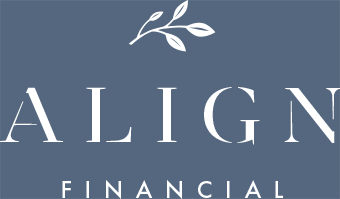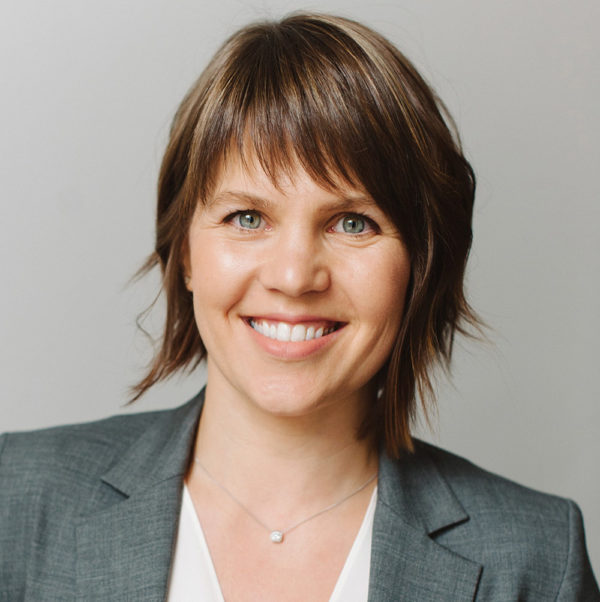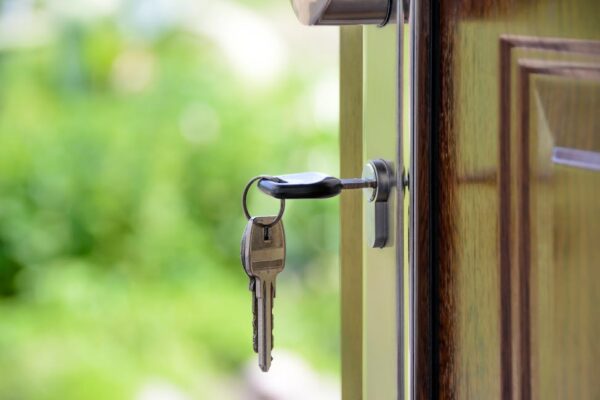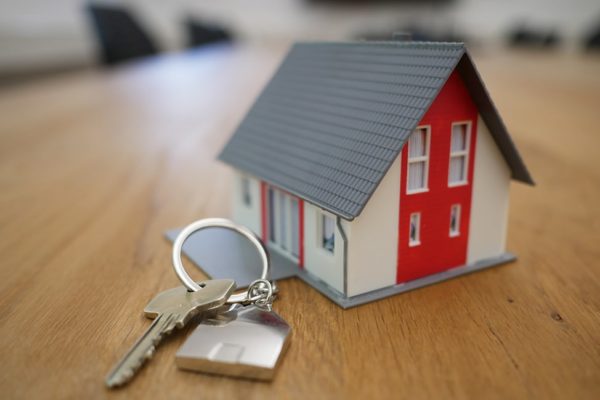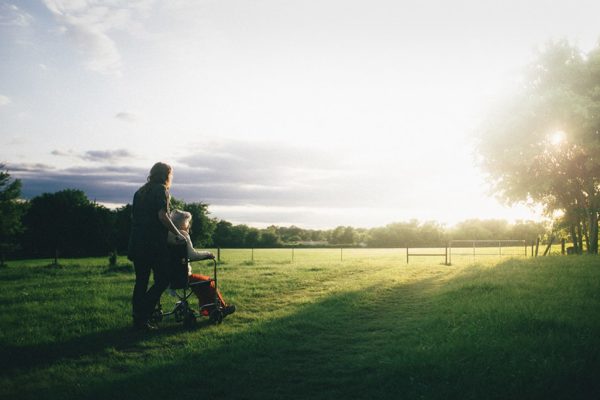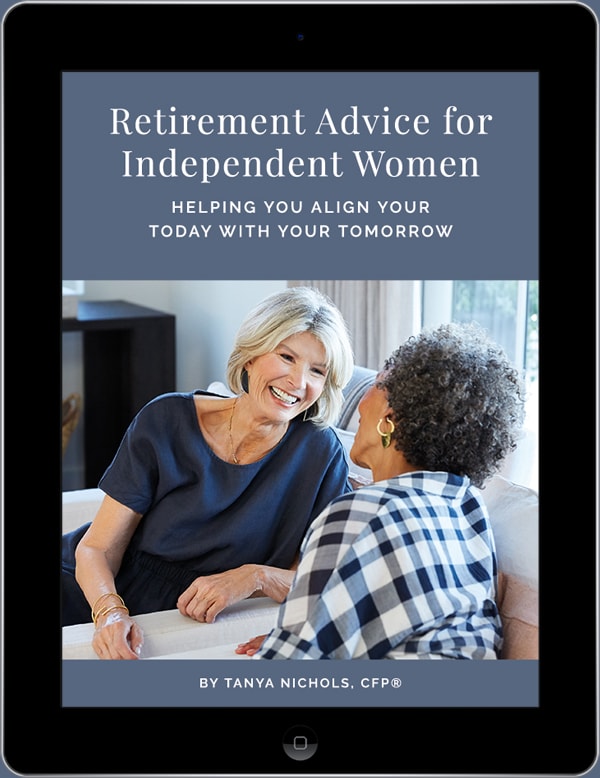In my last blog article, I talked about how to prepare for potentially rising inflation. Indeed, one of the primary reasons you need a long-term investment plan is so that your retirement savings outpace the average rate of inflation over time. Otherwise, you risk your dollars not being worth as much when you eventually retire.
However, that doesn’t mean all of your savings should be invested for the long run. It helps to have a cash reserve (also known as an emergency fund) so that unexpected expenses or financial setbacks don’t threaten your financial future either. In this article, I’m sharing everything you need to know about building a cash reserve.
Why Is Building a Cash Reserve Important?
We all know things happen that are outside of our control. A sudden job loss, significant home repair, or large medical bill can result in a major financial setback if you’re unprepared. And if you have children and other loved ones, there may come a time when you want to help them out financially. Building a cash reserve can help you (and them) avoid the high cost of borrowing to meet unexpected financial obligations.
For example, many people turn to credit cards when cash flow runs dry. Unfortunately, the average credit card annual percentage rate (APR) is a little over 16%, according to recent data from CreditCards.com. In some cases, credit card APRs can exceed 20%, depending on your credit score and other factors. Using a credit card to meet unexpected expenses can set you back even further financially if you’re unable to pay the balance off immediately.
Alternatively, some people choose to dip into their retirement savings when they’re low on cash. Not only do early withdrawals from a qualified account come with a financial cost–for example, a 10% penalty on top of potential tax consequences–there’s also an opportunity cost involved. Every dollar you withdraw early from retirement savings is no longer invested for the future. This can be problematic, since many of us rely on capital appreciation and compounding to grow our retirement contributions into a substantial nest egg by the time we retire.
The good news is building a cash reserve doesn’t need to be financially prohibitive in itself. If you follow the steps I outline in this guide, you may be able to build your emergency fund faster than you think.
How Much Cash Do You Need?
When it comes to building a cash reserve, a common rule of thumb is to save between three and six months worth of living expenses. However, this guideline isn’t very helpful if you don’t track your monthly spending.
An easier way to come up with this amount (if you don’t want to comb through past expenses) is to use your monthly take-home pay instead. Multiply this amount by 3 and 6 to find an appropriate range for your cash reserve. For example, if you earn $7,500 per month after things like healthcare, retirement contributions, and taxes are taken out of your paycheck, you should have roughly $22,500 to $45,000 in emergency savings.
Whether you target the lower or upper end of this range depends on your income and lifestyle. By this, I don’t necessarily mean your level of income, but its potential volatility. For instance, if you’re self-employed or work in a cyclical industry like real estate, you may want to save more to make up for those times when your income decreases. Similarly, if you’re already retired, you may want more cash on hand to meet the needs of your lifestyle.
At the end of the day, the amount you save is up to you and your comfort level. If knowing you have ready access to cash helps you sleep at night, you may decide to save even more than rules of thumb suggest. You can also work with your financial advisor to determine the right amount to keep in cash.
Where Should You Keep Your Cash Reserves?
If you’re likely to “rob Peter to pay Paul,” you may want to avoid keeping your emergency savings in an account where you can easily make withdrawals. Many people find it helpful to keep their cash in a separate savings or money market account (with no checks or debit card attached), so they’re not tempted to use it for non-emergency expenses.
A high-interest savings account can be a great place to build your cash reserves, since you can also benefit from compound interest over time. Unfortunately, “high interest” is hard to come by these days, since interest rates are close to zero.
Though location can make a difference from a behavioral standpoint, try not to get hung up on where you keep your cash. If it’s easier to use a checking account, that will work just as well. For now, it’s more important to focus on building your cash reserve.
How to Get Started
According to behavioral economist Richard Thaler, two of the reasons individuals fail to save adequately are failure to act and lack of self-control. While his research focuses on retirement savings specifically, the same can be said for building a cash reserve.
To overcome these hurdles, first set your savings target. How much will you set aside each month or each paycheck for your emergency fund? Once you come up with this amount, set up automatic transfers from your primary checking or savings account to your designated cash account. Alternatively, you can set this up via direct deposit if your employer allows.
Just be sure to target an amount that’s reasonable and sustainable over time. In other words, don’t swing for the fences. The point of automating this process is so you don’t have to think about it. Ideally, building a cash reserve is something that happens in the background while you go about your life. You can always increase your savings target down the road as you build momentum.
Building a Cash Reserve Over Time
To build your cash reserve even faster, you can take advantage of any future windfalls you receive. For example, you may want to save part or all of your next bonus check or tax refund in your cash reserve fund if financial circumstances allow.
Keep in mind that you don’t need to forego the things that bring you joy, like traveling or treating yourself or loved ones, to focus exclusively on building a cash reserve. However, the more you exercise your savings muscle, the easier it will be to maintain the habit over time.
If you’d like help determining how much cash you should have saved and developing a financial plan for your future, please contact Align Financial to see if we’re a good fit. We’d love to hear from you.
